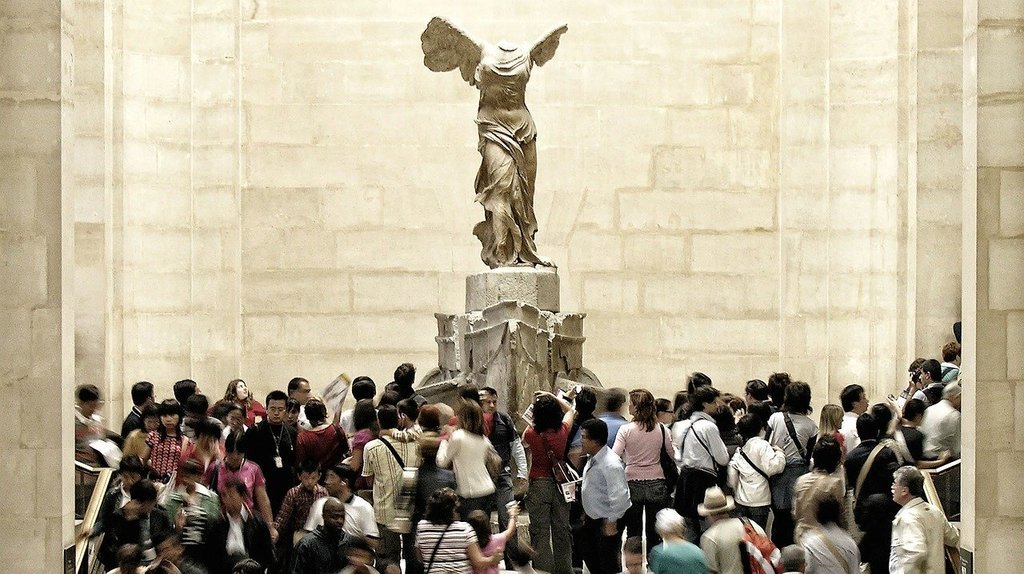Uncovering the hidden gems of art history allows for a deeper appreciation of the artistic movements, personalities, and events that have shaped our understanding of creativity. While the works of renowned masters such as Leonardo da Vinci, Michelangelo, or Picasso often take center stage, countless pieces remain lesser-known yet equally fascinating. These works, buried in the pages of art history, offer fresh perspectives on artistic expressions, political contexts, and the evolution of visual representation over the centuries.
Exploring lesser-known masterpieces in art history
Art history is filled with exceptional works that have not received the same attention as others, often due to political circumstances, geographical isolation, or simple chance. While these pieces may not be as famous as the Mona Lisa or the Starry Night, they possess a unique beauty and significance. Some of these hidden gems include masterpieces from overlooked artists, underrepresented regions, and forgotten movements.
For example, the Northern Renaissance produced many striking artworks that remain relatively unknown compared to their Italian counterparts. Artists such as Hans Holbein and Pieter Bruegel the Elder brought to life detailed and vivid scenes, often highlighting the social and political landscapes of their time. In the same way, the art of ancient Persia, with its rich use of symbolism and intricate patterns, remains underappreciated in mainstream art discussions despite its influence on the Middle East and beyond.

The impact of forgotten artists
Behind every celebrated figure in art history are numerous artists whose names and contributions have been overshadowed. Women, in particular, were historically excluded from the mainstream art world, yet many defied conventions and created astounding works. Artists like Artemisia Gentileschi, who specialized in depicting powerful female figures, or Clara Peeters, known for her detailed still-life paintings, left their mark despite societal restrictions.
Their works reveal a broader narrative about the struggles and triumphs of artists who were marginalized. Rediscovering these pieces helps enrich the story of art by including voices and styles that had been previously omitted. Not only do these pieces demonstrate technical skill, but they also capture the emotional and cultural context of their creators, making them invaluable windows into the past.
Unveiling unique art movements and styles
Another dimension of hidden gems in art history lies in the lesser-known movements and styles that influenced entire generations of artists. For instance, the Vienna Secession, led by artists like Gustav Klimt, focused on the unity of art, architecture, and design. It provided a new way to think about art as a comprehensive experience rather than separate disciplines. Yet, many artists associated with this movement are not widely recognized outside academic circles.
Similarly, the Symbolist Movement of the late 19th century sought to express emotions and ideas through metaphor and symbolism. While artists like Edvard Munch became famous, others, such as Odilon Redon and Gustave Moreau, created profound works that remain hidden treasures in the realm of art history. Their paintings, often dreamlike and filled with mystical imagery, still inspire contemporary artists exploring the boundaries of visual storytelling.
Hidden gems found in lesser-known art museums
While major museums like the Louvre, the Metropolitan Museum of Art, and the Prado boast extensive collections, numerous smaller museums house exceptional pieces that often go unnoticed. These institutions provide opportunities to experience art in an intimate setting, away from the crowds.
Some examples of museums that showcase these hidden gems include :
- The Mauritshuis in The Hague: home to Vermeer’s *Girl with a Pearl Earring* and works by lesser-known Dutch masters.
- The Barnes Foundation in Philadelphia: featuring an impressive collection of Impressionist, Post-Impressionist, and early Modern paintings.
- The Frick Collection in New York City: a historic house museum displaying works by artists such as Rembrandt and Bellini, along with decorative arts and furniture.
Visiting these museums allows art enthusiasts to explore a variety of styles and periods, highlighting the diversity and richness of artistic expressions beyond the mainstream.
Discovering underrepresented regions in art history
The focus of traditional art history has long been centered on Western art, often neglecting the contributions of other regions. However, regions such as Africa, South America, and Southeast Asia have deep artistic traditions with unique styles and techniques. For example, the Benin Bronzes from West Africa, dating back to the 13th century, display incredible craftsmanship and a sophisticated understanding of metalworking. Despite being scattered across different museums due to colonial history, these works provide insight into the political and social structures of the Kingdom of Benin.
Similarly, the vibrant murals of Mexican artists like Diego Rivera and the detailed textiles of the Andean cultures remain underrepresented in broader art history discussions. Exploring these works reveals a multitude of artistic expressions that contribute to the global tapestry of human creativity.
Why discovering hidden gems matters
Uncovering the hidden gems of art history is more than just an academic exercise; it is a way to appreciate the full spectrum of human creativity. By shedding light on overlooked artists, movements, and regions, the narrative of art becomes richer and more inclusive. These rediscoveries challenge preconceived notions and invite new interpretations of what constitutes art. Through this process, a more comprehensive and diverse understanding of art history emerges, one that embraces the myriad of ways in which humanity has chosen to express itself across time and space.
